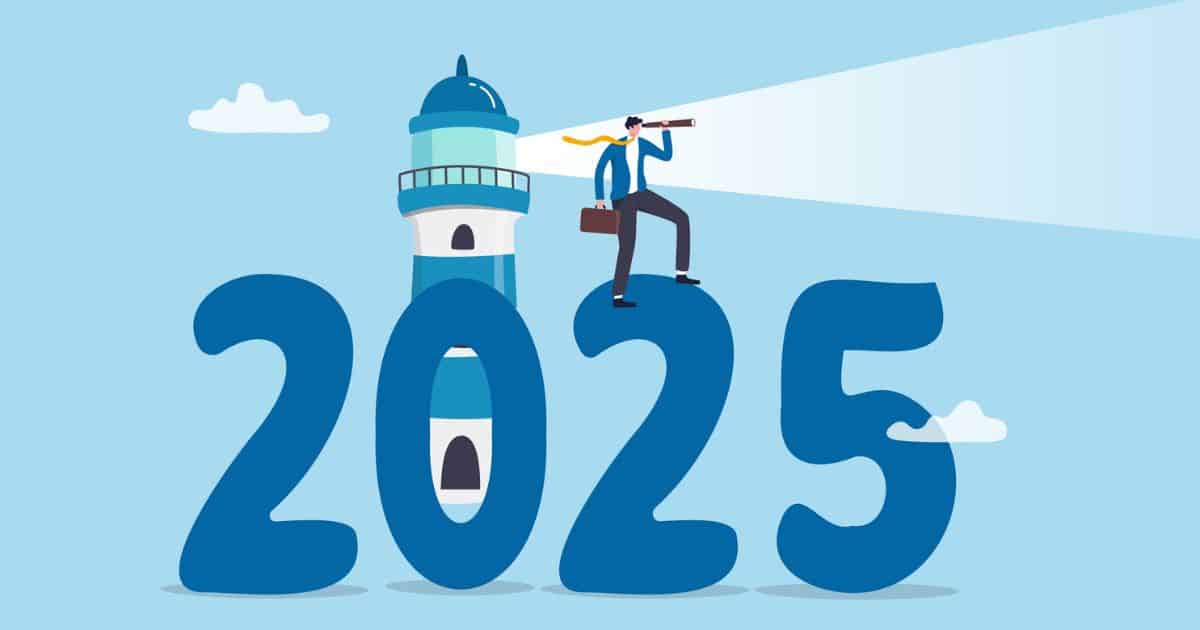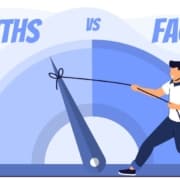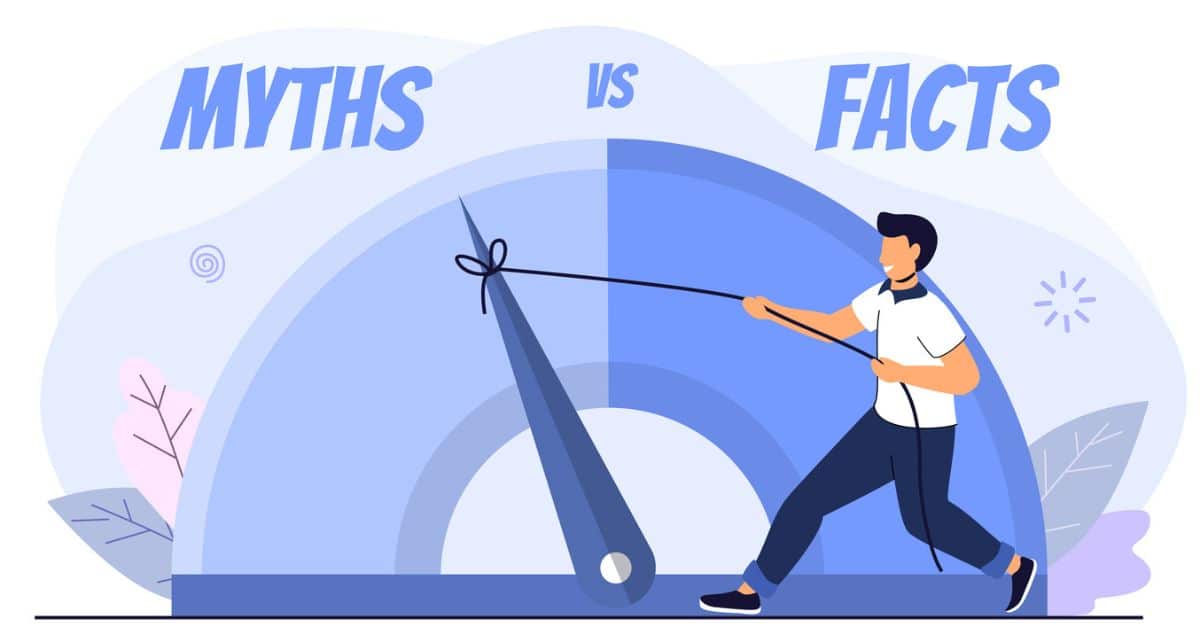How We Keep Your Senior Living Marketing on Track

One of the first things that happens when a client starts working with Senior Living SMART is they get their own dedicated client success manager (CSM).
But what does a CSM do exactly? How do they keep a community’s senior living marketing on track?
Below, Doug DeMaio, our Director of Client Success, pulls back the curtain and shares five key things our CSMs do for our clients. (Check out the podcast with Doug that inspired this article.)
1. Our CSMs interpret reports and analytics and use the intel to guide the client’s marketing strategy.
Reports and analytics can feel overwhelming, especially when you’re dealing with countless metrics across paid ads, organic traffic, emails, and social media. That’s where your CSM steps in.
Our CSMs are constantly monitoring the numbers, but each quarter, they take a deep dive and look for trends (good or bad). This includes analyzing macro and micro trends across regions and the entire industry.
Doug says, “One of the things we do is relate what we’re seeing back to industry trends and ask ourselves, ‘Are we on par with what’s being seen across the industry? Or are there certain places where we could optimize and bring ourselves back up above the industry average?'”
Every piece of reporting can highlight opportunities to optimize, like conversion rate optimization of pages or forms or email open rate optimization (to name just a couple of examples).
Our CSMs also distill metrics into an easy-to-follow narrative that clients can understand and share with colleagues and other stakeholders in the senior living community.
2. Our CSMs remain hyper-focused on the prospect’s journey.
The path to conversion is rarely linear in senior living. That’s why your CSMs take time to identify what actions your prospects take along their journey.
“How often did they visit the website? What pages did they consume? What content did they download?” Doug says.
The CSM team is constantly asking these questions to better understand the winding road of prospect behavior. The answers help refine strategies to satisfy prospects’ needs.
“It’s about meeting the prospect where they are, even if they’ve gone dark for a while,” Doug explains.
3. Our CSMs strive to maximize client budgets.
Senior living marketing is an investment, and our CSMs are crucial in helping clients determine which tactics and strategies deliver the best return on their investment.
This work requires constant vigilance and adjustments when necessary. For example, if a campaign isn’t performing as expected, CSMs can shift gears, reallocating resources to maximize ROI.
Our CSMs also have deep knowledge of industry partners, vendors, and integrations. A thoughtful analysis of a client’s marketing technology helps keep expenses in line without sacrificing results.
Bottom line: Our CSMs are always focused on making every dollar count and being thoughtful stewards of client budgets.
4. Our CSMs pay close attention to conversion drop-offs and know how to re-engage stalled leads.
Conversion drop-offs (for example, from tours to deposits) can significantly impact your bottom line. Our CSMs track where leads lose momentum and create strategies to re-engage them.
“Through automation and strategy, we’ve identified how to re-engage leads who’ve fallen off,” Doug explains.
Using data from the CRM or tracking inactivity, your CSM can integrate those leads into personalized workflows that include email, social media, and even text messaging. This helps push prospects further along the decision-making path in a way that complements existing sales efforts.
Collaboration with the sales team is key, however.
“We’re really careful about not stepping on the sales team’s toes,” Doug says. “If the sales team is still engaging with a lead, we avoid sending automated communications to the lead.”
Your CSM will also make sure proper lead scoring and segmentation are in place so that the right lead receives the right message at the right time.
For example, there’s no sense in having the sales team pursue a lead that’s still in the early educational stage. It makes more sense for the lead to enter an automated nurturing workflow where they receive resources like funding guides or educational content that helps build trust and readiness.
5. Our CSMs are super responsive to client requests.
Our CSMs prioritize responding quickly to emails and calls (always within the same business day and often within a few hours). And operationally, we make sure we don’t overload our CSMs—most manage around six accounts at any given time.
Ready to experience our approach to senior living marketing?
Sure, we might be a little biased, but we genuinely believe we have the best CSMs. Interested in seeing for yourself? Get in touch, and let’s talk about your marketing.




















